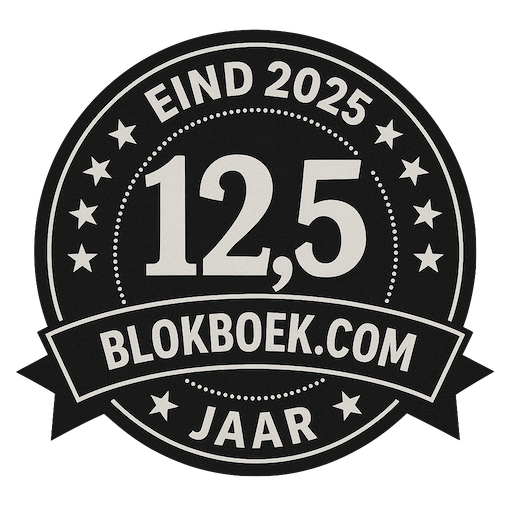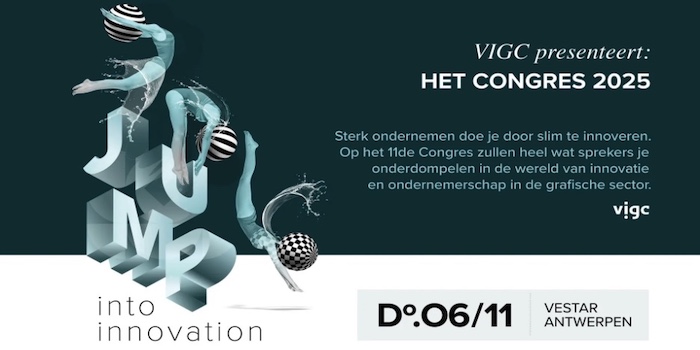Verdigris Blog: Drukplaten worden duurder
 Twee fabrikanten van drukplaten, Agfa en Kodak, hebben onlangs aangekondigd de prijzen van drukplaten aanzienlijk te verhogen. De reden is: de gestegen vraag naar aluminium, waardoor de grondstoffen- prijzen voor de fabrikanten omhoog zijn gegaan.
Twee fabrikanten van drukplaten, Agfa en Kodak, hebben onlangs aangekondigd de prijzen van drukplaten aanzienlijk te verhogen. De reden is: de gestegen vraag naar aluminium, waardoor de grondstoffen- prijzen voor de fabrikanten omhoog zijn gegaan.
Laurel Brunner maakt een analyse van de gevolgen in haar (Engelstalige) Verdigris blog.
Agfa and Kodak have recently announced that printing plate prices are to rise by about 10%. It’s just a matter of time before Fujifilm follows suit, even though the company put prices up by some 8% for US customers last December. The reason is that as the global economy grows, demand for aluminium vastly outstrips supply. The cost of raw materials for plate makers has consequently risen over 40% since 2010. Since December 2017 aluminium has risen in price from $2233, to $2305 per tonne on the 1st June. And the protectionist tariffs of ten percent imposed by the US government on its supposed allies and elsewhere can only make matters worse.
Aluminium is a processed metal made from bauxite and the second most widely used metal after steel. Demand for it has risen since it was first invented in the 1850s and grows annually by around 6%. This growth will accelerate as cities around the world continue to grow and new applications for aluminium are invented.
Agfa and Kodak cite rising manufacturing costs for their price rises and say that they have been absorbing their extra costs since the last round of increases. But there are no ways around the supply and demand problem. Manufacturers remind their customers that they can of course recoup the additional cost when they sell the used plates on for aluminium recycling.
In every threat there lies an opportunity, so rising prices for recycled aluminium can also benefit manufacturers who can collect and sell it, so plate manufacturers should not sell plates at all. They should instead sell only the plate coatings, and develop collection and recycling systems for the used plates. This would have considerable advantages for the graphics business, in that it would streamline aluminium recycling and cut associated transport emissions: used plates could be collected when new ones are delivered.
This is a radical new business model and one that manufacturers will surely balk at, but it is not totally unprecedented. At least one offset printer in Europe pays its supplier only for the plate coatings. The supplier collects used plates and sells them on to aluminium recyclers, so recycling is integrated into all plate sales. The model can go one step further with deals to return used aluminium direct to aluminium providers for reuse as a raw material for other products. Printing companies would save money and hassle. For plate manufacturers this model creates additional revenue streams and a basis for variable price negotiations. Putting it in place would be seriously disruptive, but even in an industry not know for proactive environmental thinking it should at least be considered.
Laurel Brunner
This article was produced by the Verdigris Project, an industry initiative intended to raise awareness of print’s positive environmental impact. This weekly commentary helps printing companies keep up to date with environmental standards, and how environmentally friendly business management can help improve their bottom lines. Verdigris is supported by the following companies: Agfa Graphics, EFI, Fespa, HP, Kodak, Kornit, Ricoh, Spindrift, Splash PR, Unity Publishing and Xeikon.

De trainingen voor 2022 staan gereed. Kijk voor het volledige online aanbod van bestaande- en nieuwe trainingen op de website.
BLOKBOEK.COM EN PRINTMEDIANIEUWS: HET OPTIMALE DOELGROEP BEREIK


















